Snow leopards are beautifully spotted, light colored cats native to Central and South Asia. These unique creatures are in decline, and listed as vulnerable by the IUCN Red List. It is estimated that there are fewer than 10,000 adult snow leopards left in the wild, and their population decrease has been attributed mainly to poaching. Read on to learn about the snow leopard.
Description of the Snow Leopard
Snow leopards have white or grey fur with black spots and rosettes. The coloration on the head is white with small black spots, and the back and tail are covered in larger rosette patterns.
This cat has a thick coat, and a short, stocky body well adapted to living in cold environments. Its face has a short muzzle, and small, rounded ears. Snow leopards are also equipped with wide paws to better move through the snow.
Interesting Facts About the Snow Leopard
These apex predators are relatively little known and sighted. The harsh habitat and isolated regions of their home make research difficult, and much of our information about these animals comes from trail cams and zoos. However, what we do know about the snow leopard is fascinating.
- Low Conflict – Unlike some other big cat species, snow leopards do not frequently come into conflict with humans. In fact, there are only two reported instances of snow leopards attacking humans… ever!
- Dangerous Lifestyle – These big cats prefer living in precarious positions. Their favorite habitats include rocky outcrops, cliff sides, and ridges. These environments provide the perfect camouflage for snow leopards. The big cats utilize these locations perfectly to stalk and capture prey.
- A Leopard’s Tail – Snow leopards have long, fluffy tails that aid in balancing on precarious cliff tops. They can use their tail as a rudder when leaping after prey to maintain their balance. The surprisingly soft and furry tail is also used as a scarf when the animal is resting! While sleeping, snow leopards protect their sensitive noses and mouths with the warmth of their tails.
- Food Conservation – Living in freezing temperatures has a few upsides. When snow leopards have a successful hunt, they will commonly drag their kill into a snow tunnel. The cold preserves the food, allowing the leopard to feed at their leisure. Sometimes they can feed off the same prey item for two or three days.
Habitat of the Snow Leopard
Snow leopards reside in different regions seasonally. During the summer months, they remain in the mountains, hunting above the tree line. Their favorite hiding places are rocky, broken terrain with many outcrops and ridges.
During the wintertime, when prey migrates away from their hunting grounds, snow leopards move down from the mountains. They spend their winters in the lower altitudes of the forests. With less prey available, they are more likely to hunt on livestock.
Distribution of the Snow Leopard
Snow leopards can be found in Central and South Asia, but the vast majority of snow leopards reside in China. They are more commonly found in the Himalayan mountain range, but frequent other Asian mountain ranges as well. They can be found in Afghanistan, Kazakhstan, Bhutan, India, Kyrgyzstan, Pakistan, Mongolia, Nepal, Tajikistan, and Uzbekistan.
Diet of the Snow Leopard
Snow leopards are carnivores, and must hunt live prey to survive. They hunt by actively searching for prey, and approaching from above. Their most frequent prey include the Himalayan blue sheep and the Siberian Ibex. They will also hunt Himalayan tahr, markhor, camel, horse, and mountain sheep. When prey is scarce they have also been known to take smaller mammals like pika, vole, and marmot.
Snow Leopard and Human Interaction
Snow leopards very rarely attack humans, but have been known to hunt livestock, which causes conflict with villagers and farmers. While there have only been two known attacks on humans, snow leopards are frequently killed in retaliation for livestock loss. They are also illegally poached for their skin and bones. Their fur is highly valued on the black market, and various body parts are used in traditional Chinese medicine.
Domestication
Snow leopards have not been domesticated in any way.
Does the Snow Leopard Make a Good Pet
The snow leopard is protected, and it is illegal to own one as a pet. As an apex predator, it is also highly unadvisable to own a snow leopard as a pet because they can be quite dangerous.
Snow Leopard Care
In zoos, snow leopards must be provided with lots of space for climbing and exercise. Equally important is providing adequate hiding places. Diets will vary based on the facility, but snow leopards can be fed commercial carnivore ground meat, large bones, rabbits, and more.
These animals are also frequently trained to participate with trainers in preventative health care. This includes voluntarily allowing their blood to be drawn, physical examinations, and more.
Behavior of the Snow Leopard
Snow leopards are solitary creatures, and will range long distances depending on prey availability. They are crepuscular, which means most of their activity occurs at sunrise and sunset.
Snow leopards will patrol large areas of territory. They use a variety of markings to communicate, including scent marking, check rubbing, and soil scraping. Unlike other large cats, snow leopards cannot roar, but produce a wide variety of other sounds.
Reproduction of the Snow Leopard
Snow leopards breed between January and March. They will use a variety of noises, including purring and chuffing, to establish their ability to mate. After breeding, the male snow leopard returns to his territory. The female then finds a safe den in a rock crevice and creates a nest.
She will give birth to two or three cubs in June or July. At two months old, the cubs will begin to eat solid foods, run, and play. Mother snow leopard will teach them how to hunt at 3 months old, and they will remain with her until they are between 18 and 22 months old.

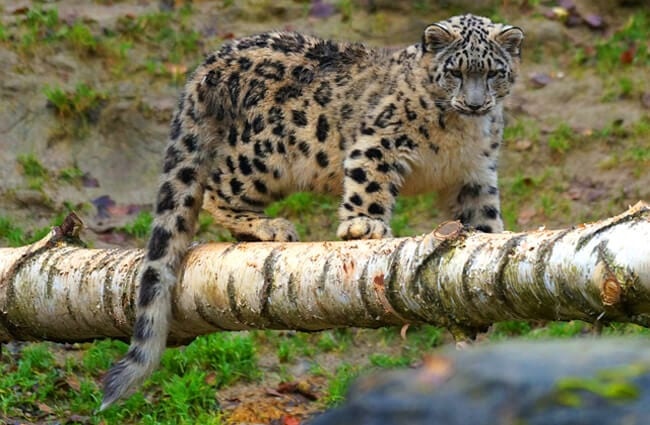
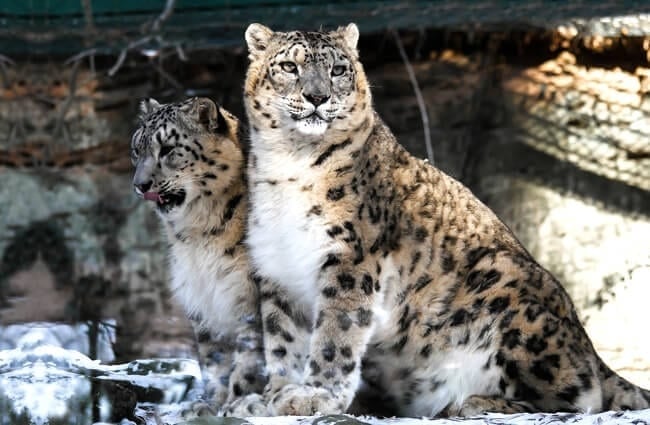

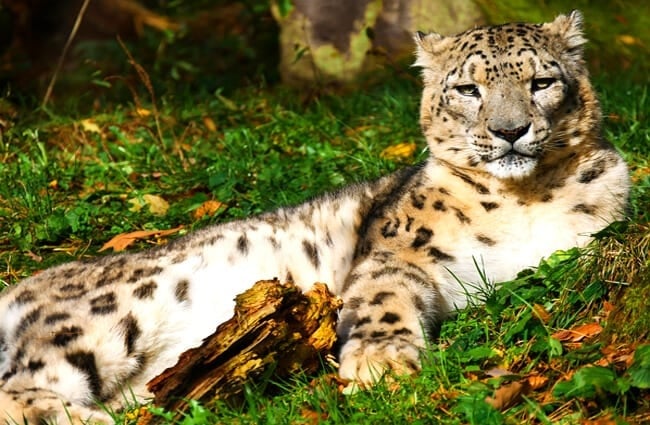

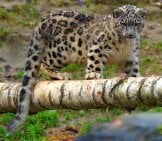

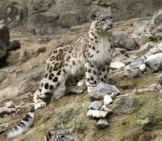
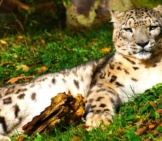

![Red Angus Closeup of a beautiful Red Angus cowPhoto by: U.S. Department of Agriculture [pubic domain]https://creativecommons.org/licenses/by/2.0/](https://animals.net/wp-content/uploads/2020/03/Red-Angus-4-238x178.jpg)












![Red Angus Closeup of a beautiful Red Angus cowPhoto by: U.S. Department of Agriculture [pubic domain]https://creativecommons.org/licenses/by/2.0/](https://animals.net/wp-content/uploads/2020/03/Red-Angus-4-100x75.jpg)

